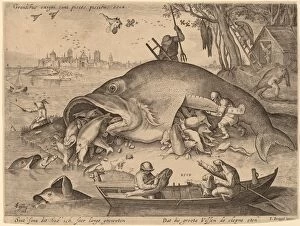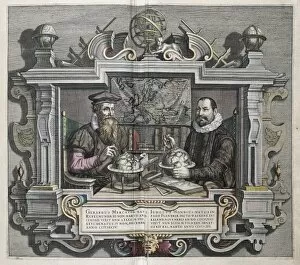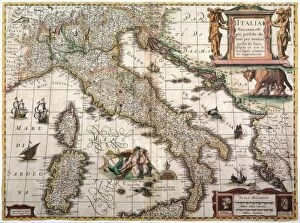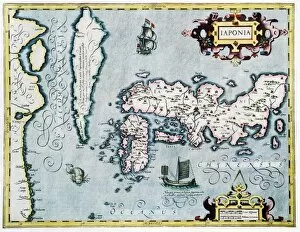Hondius Collection (page 2)
"Hondius: Mapping the World and Beyond in the 17th Century" Step back in time with Hondius, a renowned cartographer of the 17th century
All Professionally Made to Order for Quick Shipping
"Hondius: Mapping the World and Beyond in the 17th Century" Step back in time with Hondius, a renowned cartographer of the 17th century. Known for his intricate maps, he meticulously captured the essence of Europe, the New World, and South America. His detailed works provided invaluable knowledge to explorers and navigators alike. One of Hondius' notable creations was a map of Japan engraved by Jodocus Hondius himself for Gerardus Mercator's Atlas in 1606. This masterpiece showcased Japan's beauty while intriguingly depicting Korea as an island. In 1641, Henricus Hondius crafted an exquisite world map that captivated viewers with its precision and artistry. From the Arctic to the North Pole, this map offered a glimpse into uncharted territories during that era. Hondius didn't limit his talents to cartography alone; he also dabbled in other artistic endeavors. In one painting titled "A Crowd watching Bear-baiting in a Town Square, " he skillfully portrayed a lively scene filled with excitement and anticipation. Another remarkable creation by Hondius was his copper-engraving portrait of Sir Francis Drake. With meticulous attention to detail, he immortalized this legendary explorer who played a significant role in maritime history. Venturing further into exploration, Hondius created maps like "Virginiae item et Floridae Americae provinciarum nova descriptio. " These accurate depictions shed light on new frontiers across America during colonial times. However, it wasn't just serious subjects that caught Hondius' eye; he also had a playful side. In his work "Two Fools Dancing from Two and Three Fools of the Carnival" from 1642, he depicted whimsical characters engaging in joyful revelry during carnival celebrations. Throughout history books or art galleries today, we can still appreciate how Jodocus and Henricus Hondius left their mark on the world.


















